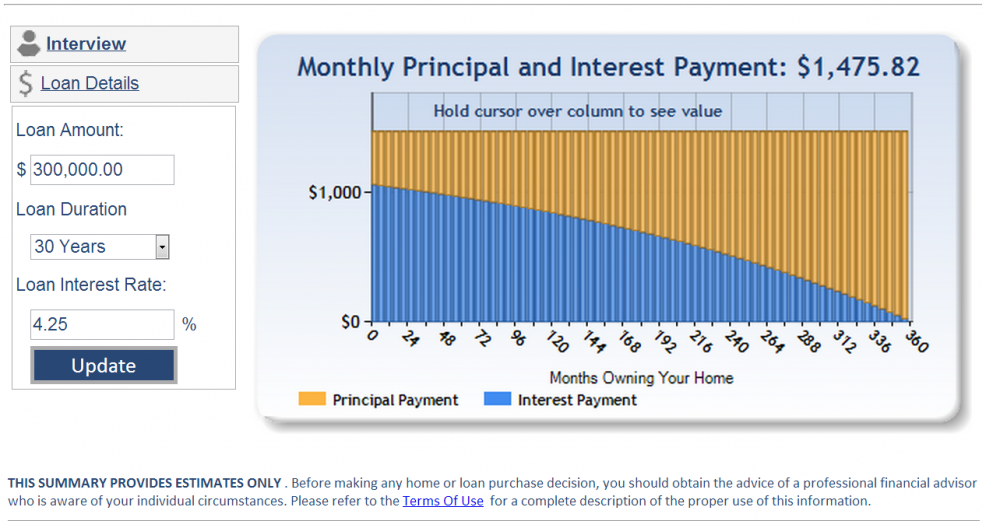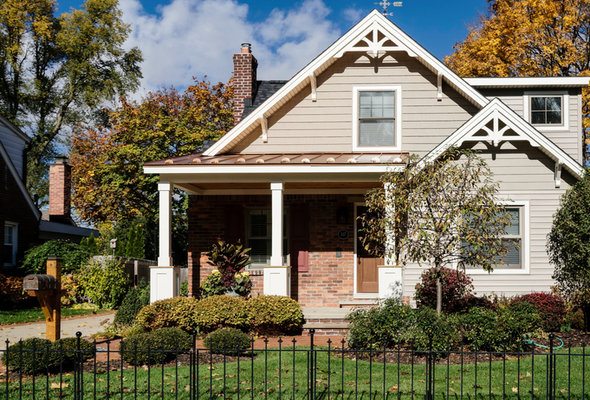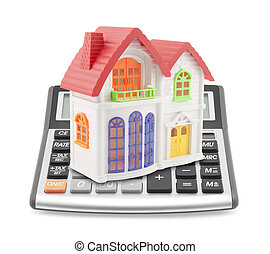
Refinance your 30-year jumbo loan to save money. This type of loan has a fixed interest rate for the first seven years and then adjusts each year with the market. As a result, you will see a tremendous amount of savings.
Bankrate's 30 year fixed jumbo mortgage interest rate is 6.98%
Jumbo mortgage rates are usually higher than rates for traditional mortgages. However, jumbo mortgage rates have been slightly lower since 2022. Currently, the APR for a 30-year fixed jumbo loan is around 6%. This rate is roughly the same as that of a 30-year fixed mortgage.
To qualify for a jumbo mortgage, you need a high income, a great credit score, and substantial reserves. If you fall short in any of these three criteria, you will find it difficult to qualify for the best rate. Lenders may be reluctant to approve your application if there are any negative credit issues, such late payments or foreclosures. You can make a bigger down payment to offset a lower score.

Mortgage rates are also influenced by the Federal Reserve, which uses them to guide the economy and manage inflation. When they lower interest rates, they are often trying to stimulate the economy by encouraging new purchases. This affects the interest rates paid by lenders. To get the best jumbo mortgage rates, you'll need to have a good credit score and a good debt-to-income ratio.
Wells Fargo's 30-year fixed-rate jumbo mortgage APR for Wells Fargo is 6.97%
Wells Fargo now only lends to people who have substantial assets. This includes assets with at least $250,000. Additionally, the bank has stopped buying jumbo loan from other banks. It has also removed correspondent loans with jumbo amounts. These changes were made in order to reduce risk and increase business. Nevertheless, customers who are already working with Wells Fargo will not face any additional hurdles.
Wells Fargo provides great options for people looking to get a fixed jumbo-mortgage. It offers competitive interest rates and fixed-rate loan options. There are also adjustable-rate mortgages available. A fixed-rate mortgage means that the rate stays fixed for the life of the loan, while an adjustable-rate mortgage is subject to change depending on certain interest indexes.
Wells Fargo's 30-year fixed jumbo refinance APR is 6.97%
Wells Fargo is the leading mortgage lender in America and one the largest banks in America. There are over 9000 branches in 39 states and DC. Despite negative publicity, the bank remains one the most well-respected lenders in the United States. They are flexible and offer a wide variety of home loan options, including fixed-rate mortgages (30 years) and adjustable-rate mortgages (15 years).

Wells Fargo is a good option for refinancing because it offers competitive rates on a variety of fixed products. A fixed rate loan gives you peace of mind because you know your interest rate for the life of the loan. By contrast, adjustable-rate mortgages typically come with shorter terms, so your monthly payments will be higher. Market conditions may also affect the interest rate.
FAQ
How can you tell if your house is worth selling?
It could be that your home has been priced incorrectly if you ask for a low asking price. Your asking price should be well below the market value to ensure that there is enough interest in your property. To learn more about current market conditions, you can download our free Home Value Report.
How much money will I get for my home?
It all depends on several factors, including the condition of your home as well as how long it has been listed on the market. Zillow.com says that the average selling cost for a US house is $203,000 This
What flood insurance do I need?
Flood Insurance protects from flood-related damage. Flood insurance helps protect your belongings, and your mortgage payments. Find out more information on flood insurance.
How long does it usually take to get your mortgage approved?
It depends on several factors including credit score, income and type of loan. Generally speaking, it takes around 30 days to get a mortgage approved.
What is a reverse mortgage?
A reverse mortgage lets you borrow money directly from your home. It allows you access to your home equity and allow you to live there while drawing down money. There are two types of reverse mortgages: the government-insured FHA and the conventional. If you take out a conventional reverse mortgage, the principal amount borrowed must be repaid along with an origination cost. FHA insurance covers the repayment.
How can I get rid Termites & Other Pests?
Over time, termites and other pests can take over your home. They can cause severe damage to wooden structures, such as decks and furniture. To prevent this from happening, make sure to hire a professional pest control company to inspect your home regularly.
Statistics
- Some experts hypothesize that rates will hit five percent by the second half of 2018, but there has been no official confirmation one way or the other. (fortunebuilders.com)
- Private mortgage insurance may be required for conventional loans when the borrower puts less than 20% down.4 FHA loans are mortgage loans issued by private lenders and backed by the federal government. (investopedia.com)
- Based on your credit scores and other financial details, your lender offers you a 3.5% interest rate on loan. (investopedia.com)
- This seems to be a more popular trend as the U.S. Census Bureau reports the homeownership rate was around 65% last year. (fortunebuilders.com)
- Over the past year, mortgage rates have hovered between 3.9 and 4.5 percent—a less significant increase. (fortunebuilders.com)
External Links
How To
How to find an apartment?
When you move to a city, finding an apartment is the first thing that you should do. This involves planning and research. It involves research and planning, as well as researching neighborhoods and reading reviews. There are many ways to do this, but some are easier than others. Before renting an apartment, it is important to consider the following.
-
You can gather data offline as well as online to research your neighborhood. Online resources include websites such as Yelp, Zillow, Trulia, Realtor.com, etc. Offline sources include local newspapers, real estate agents, landlords, friends, neighbors, and social media.
-
You can read reviews about the neighborhood you'd like to live. Yelp. TripAdvisor. Amazon.com all have detailed reviews on houses and apartments. You can also check out the local library and read articles in local newspapers.
-
To get more information on the area, call people who have lived in it. Ask them what the best and worst things about the area. Ask if they have any suggestions for great places to live.
-
Take into account the rent prices in areas you are interested in. Renting somewhere less expensive is a good option if you expect to spend most of your money eating out. If you are looking to spend a lot on entertainment, then consider moving to a more expensive area.
-
Learn more about the apartment community you are interested in. What size is it? How much is it worth? Is the facility pet-friendly? What amenities does it offer? Is it possible to park close by? Are there any special rules for tenants?